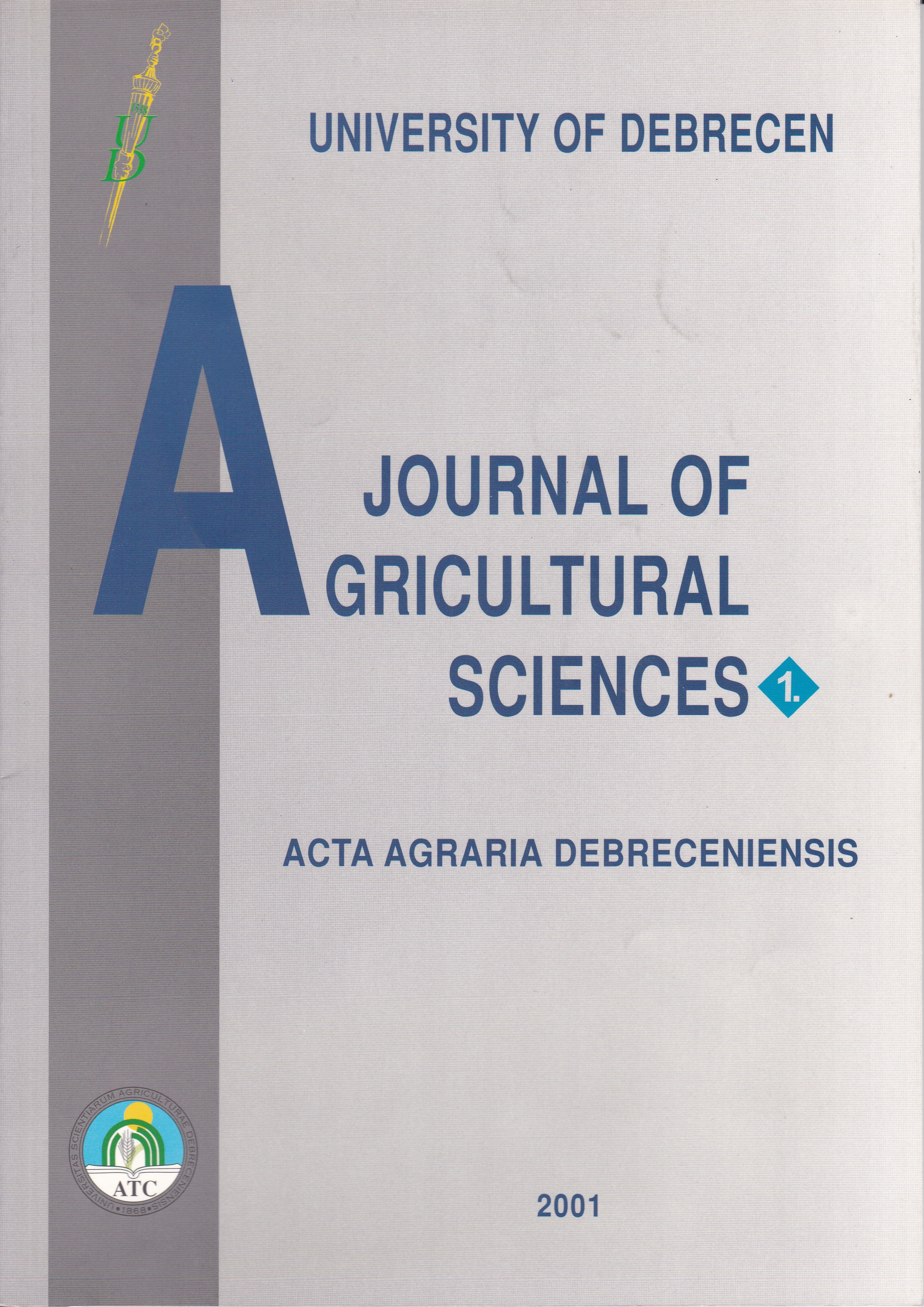N-fertilization using „Biofert” in Sustainable Maize Production
Author
View
How To Cite
Abstract
In synthetic fermentation of lysine (amino-acid) a by-product (Biofert) originates which can be characterized by 6% N-content and other ingredients (vitamins, enzymes, micro-elements etc). In small and large plot experiments Biofert was studied in different agroecological (cropyear, soil), biological (genotypes) and agrotechnical (non-irrigated and irrigated; N-splitting etc) conditions in order to obtain information about agronomic efficiency and environmental effects of its applications.
Our results proved that Biofert has the same agronomic efficiency as traditional N-fertilizers (applied in equal doses and splitting), but Biofert has economic and environmental advantages (less N-leaching in soils) for maize production. We found a special interaction between N-supply and irrigation. In maize production (irrigation) with the optimum application of nutrient- (N-fertilization, Biofert) and water- supply we could stabilize maize yields at a high level (11.0-14.0 t/ha) fairly independently of agroecological factors. When applying Biofert in autumn, NO3-N leaching was less in 100-200 cm chernozem soil-layers than for applications of traditional N-fertilizer. There were no differences between different maize genotypes concerning the agronomic efficiency of Biofert. In maize production 120-190 kg/ha N (chernozem soil) and 165 kg/ha N (meadow soil) doses of Biofert were the optimum doses in splitting applications (autumn + spring).

 https://doi.org/10.34101/actaagrar/1/3605
https://doi.org/10.34101/actaagrar/1/3605